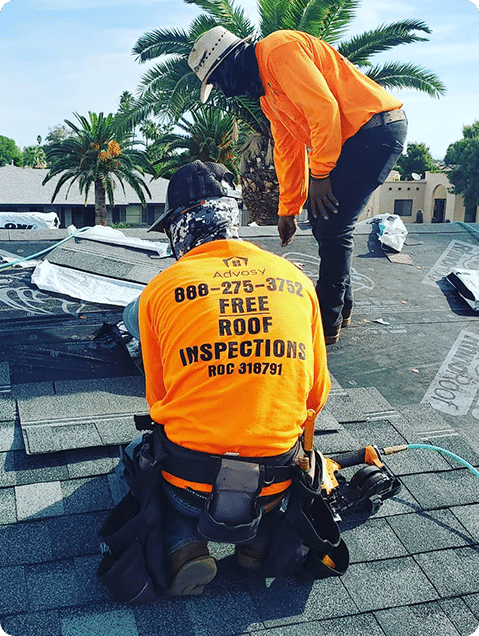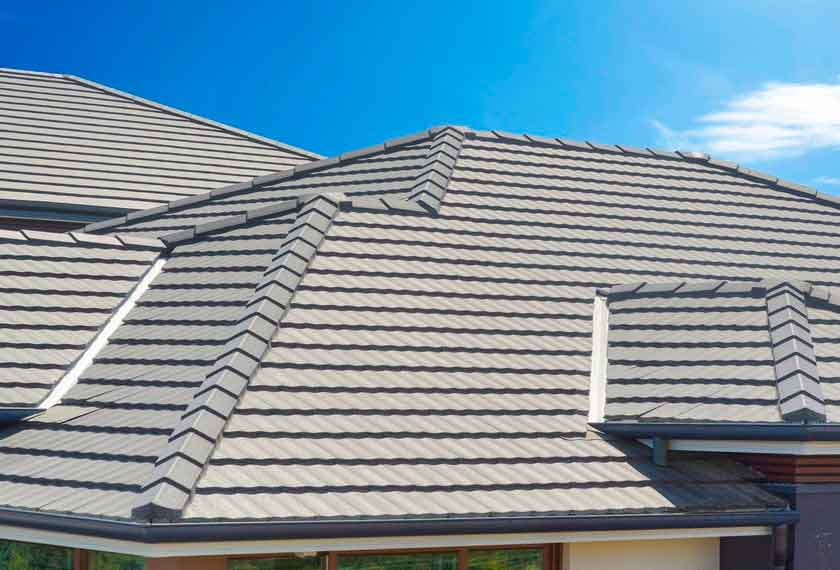Are you wondering why your roof insurance claim coverage may vary? Well, there are several factors that come into play when determining the amount of coverage you will receive. In this article, we will explore these factors in depth to help you understand how they can affect your claim.
First and foremost, the age of your roof plays a significant role in determining coverage. Insurance companies often consider older roofs to be more susceptible to damage and therefore may offer less coverage. So, if your roof is on the older side, it’s important to be aware that you might not receive as much financial assistance as you would hope for.
Another factor is the type of roofing material used. Different materials have varying levels of durability and resistance to damage. For example, metal roofs are generally more resilient than asphalt shingles. Insurance companies take this into account when assessing your claim and may adjust the coverage accordingly.
By understanding these factors – age, roofing material, condition, previous claims history, local climate – you can better navigate the world of roof insurance claims and ensure that you are adequately covered.
So let’s dive deeper into each factor and empower you with knowledge so that you can make informed decisions about protecting one of your most valuable assets – your home’s roof!
Age of Your Roof
If your roof’s age is less than 10 years, you’re in luck – insurance companies often provide full coverage for any damage. This is because roofs have a lifespan of around 20 to 25 years, and if your roof is relatively new, it means that it still has many years left before it reaches the end of its expected life. Insurance companies understand this and are willing to offer comprehensive coverage to ensure that your investment remains protected.
So, whether you encounter a severe storm or accidental damage, you can rest easy knowing that your insurance will likely cover the cost of repairs or even a full roof replacement.
However, as your roof starts to age beyond the 10-year mark, insurance coverage may become more limited. The reason behind this is simple – older roofs are more prone to wear and tear due to exposure to harsh weather conditions over time. To counterbalance this increased risk, insurance companies might require homeowners with older roofs to demonstrate regular maintenance frequency. By properly maintaining your roof through inspections and necessary repairs, you not only extend its lifespan but also show insurers that you are proactive in protecting your property.
So remember, while having a newer roof guarantees better coverage from insurance providers, don’t neglect routine maintenance on an older roof if you want to maximize your claim potential in case of any unfortunate incidents.

Type of Roofing Material
One important aspect to consider is the type of material used for your roof. The longevity of roofing materials plays a crucial role in determining your insurance claim coverage.
Different types of roofing materials have varying lifespans, and insurance companies take this into account when calculating coverage. For example, if you have a roof made of asphalt shingles that typically last around 20 years, your claim coverage may be lower compared to someone with a metal or tile roof that can last much longer. Insurance companies want to ensure that they are providing coverage for roofs that are less likely to require frequent repairs or replacement.
Another factor related to the type of roofing material is the cost. Insurance companies consider the cost of replacing or repairing different types of roofs when determining claim coverage. For instance, high-end materials like slate or clay tiles can cost significantly more than asphalt shingles. If your roof requires expensive materials, it may affect the amount of coverage you receive from your insurance company.
Considering both the longevity and cost of roofing materials is essential when evaluating your insurance claim coverage. By understanding these factors, you can make informed decisions about which type of roofing material to choose for your home and how it may impact your insurance policy.
Remember, investing in durable and long-lasting roofing materials not only ensures better protection for your home but also improves your chances of receiving adequate insurance coverage in case any damage occurs in the future.
Condition of Your Roof
To ensure adequate coverage, make sure you regularly maintain and inspect your roof for any signs of damage. Your roof is the first line of defense against the elements, so it’s crucial to keep it in good condition.
Regular roofing maintenance is essential to prolonging the lifespan of your roof and preventing major issues that could lead to costly repairs or even a denied insurance claim.
Schedule regular inspections with a professional roofing contractor who can thoroughly assess the condition of your roof. They’ll be able to identify any areas that need attention, such as loose or missing shingles, damaged flashing, or signs of water infiltration. By catching these problems early on, you can address them promptly and prevent further damage.
In addition to professional inspections, it’s important for you to take an active role in maintaining your roof. Keep an eye out for any telltale signs of damage during routine visual checks, such as cracked or curling shingles, dark spots indicating moss or algae growth, or sagging areas. Promptly address any minor repairs yourself or hire a qualified professional if needed.
Remember that proper roofing maintenance and regular inspections not only help protect your home but also ensure that you have the best chance at receiving full coverage from your insurance company in case of a claim. Stay proactive and take care of your roof – it’s an investment worth protecting!

Previous Roofing Claims
Having a history of previous roofing claims can impact the terms and conditions of your insurance policy. When it comes to filing a new claim, insurance companies will take into consideration any past claims you’ve made for your roof.
If you have a record of multiple claims, it may raise red flags for the insurer. They might view you as a high-risk customer and adjust your coverage accordingly. This means you could face higher premiums or even exclusions in your policy.
It’s important to understand that insurance companies are in the business of managing risk, and they want to minimize their exposure to potential losses. If you’ve had several roofing claims in the past, insurers may consider your roof to be more prone to damage or faulty construction. This perception can lead to increased scrutiny during the roofing claim process.
It’s crucial to ensure that all necessary repairs are done promptly and properly after an incident occurs, as this can help prevent future claims from being denied due to inadequate maintenance or incomplete repairs. By addressing these concerns proactively, you can increase the chances of having successful roof insurance claims in the future.
Local Climate and Weather Conditions
With the extreme weather conditions in your area, you’ll want to ensure that your roof is properly protected and maintained to avoid any potential issues.
The impact of extreme weather events, such as hurricanes, tornadoes, or heavy rainstorms, can have a significant effect on the longevity and durability of your roof.
Climate change has also contributed to more frequent and intense weather patterns, making it even more crucial to have a reliable roof insurance coverage.
The increasing frequency of severe storms can cause extensive damage to roofs, including missing shingles, leaks, or even structural collapses.
This not only compromises the safety and comfort of your home but also leads to costly repairs and potential insurance claims.
By understanding the local climate and weather conditions specific to your area, you can take proactive measures in fortifying your roof against these elements.
Regular inspections by professional roofing contractors can identify weak spots or areas that need reinforcement.
Additionally, investing in high-quality materials that are designed to withstand harsh weather conditions can provide added protection for your roof.
With the impact of extreme weather events and the effect of climate change becoming more apparent, it’s essential to prioritize the maintenance and protection of your roof.
By ensuring that your roof is adequately prepared for local climate and weather conditions through regular inspections and using durable materials, you can minimize potential damage and maximize insurance claim coverage in case of any unforeseen incidents.
Remember that taking care of your roof not only safeguards your home but also provides peace of mind knowing that you’re well-prepared for whatever nature throws at you.


